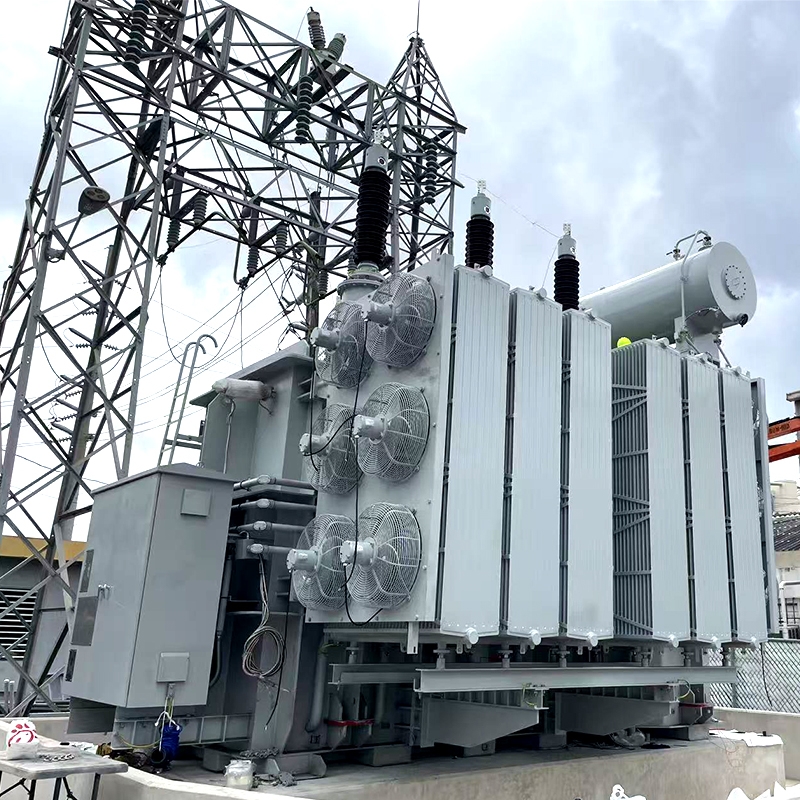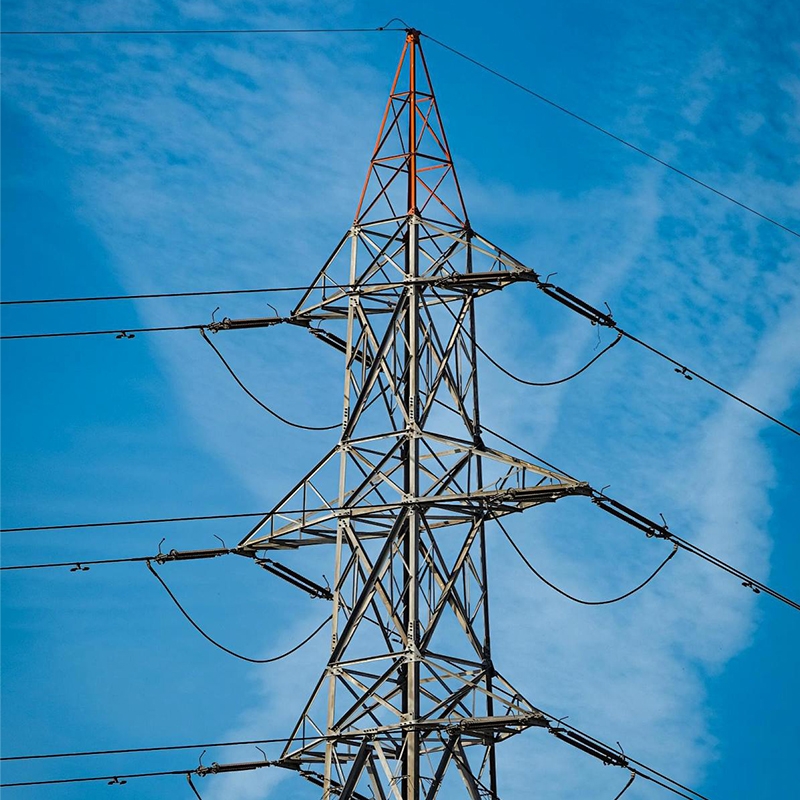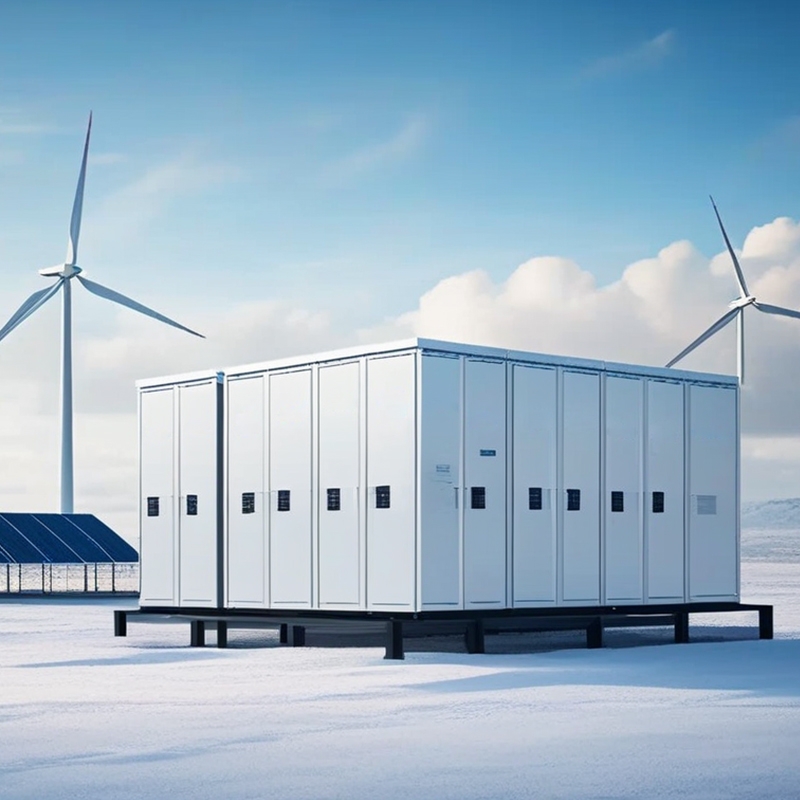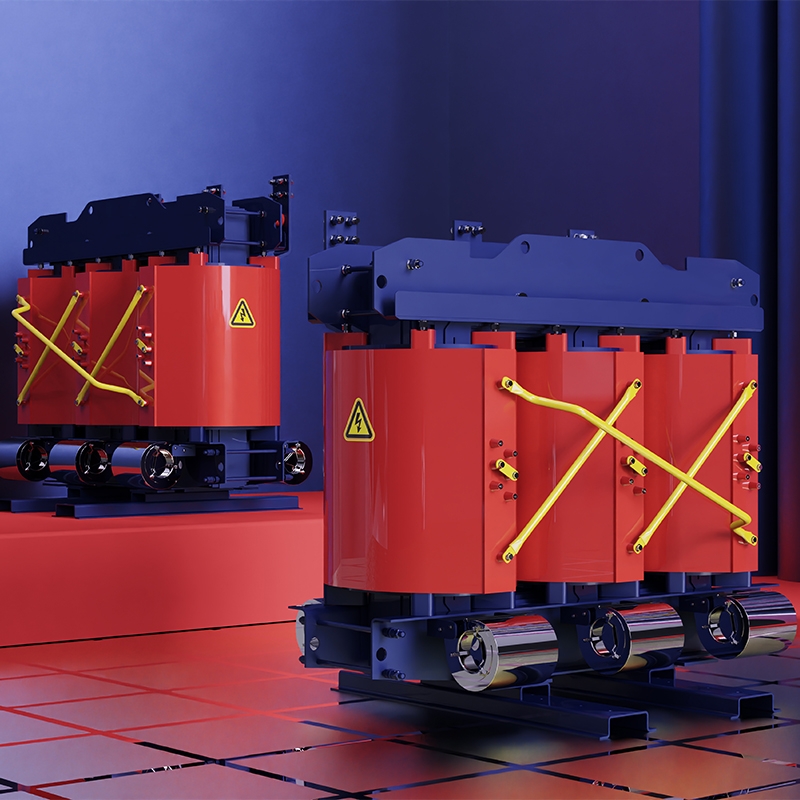Electrical Design | Comprehensive Explanation of 10kV (Substation and Box Substation) Distribution Transformers
1.1 Definition
A distribution transformer, abbreviated as "distribution transformer", refers to a static electrical device in a distribution system that converts alternating voltage and current according to the law of electromagnetic induction to transmit alternating electrical energy. In some regions, power transformers with voltage levels below 35 kilovolts (mostly 10KV and below) are referred to as "distribution transformers", or simply "distribution transformers". The place and location where a "distribution transformer" is installed is called a substation. Distribution transformers are preferably installed on poles or in the open air on the ground.
1.2 Structure
This time, the editor will introduce the structure of oil-immersed distribution transformers. According to their structure, oil-immersed distribution transformers can be divided into the main body, oil storage tank, insulating bushing, tap changer, protection device, etc.
1.2.1 Ontology
The main body consists of three parts: the core, the windings and the insulating oil. The windings are the circuits of the transformer, and the core is the magnetic circuit of the transformer. The two constitute the core of the transformer, namely the electromagnetic part.
1.2.1.1 Iron core
The core is the main magnetic circuit part in a transformer. It is usually composed of hot-rolled or cold-rolled silicon steel sheets with a relatively high silicon content, a thickness of 0.35 or 0.5mm, and coated with insulating




